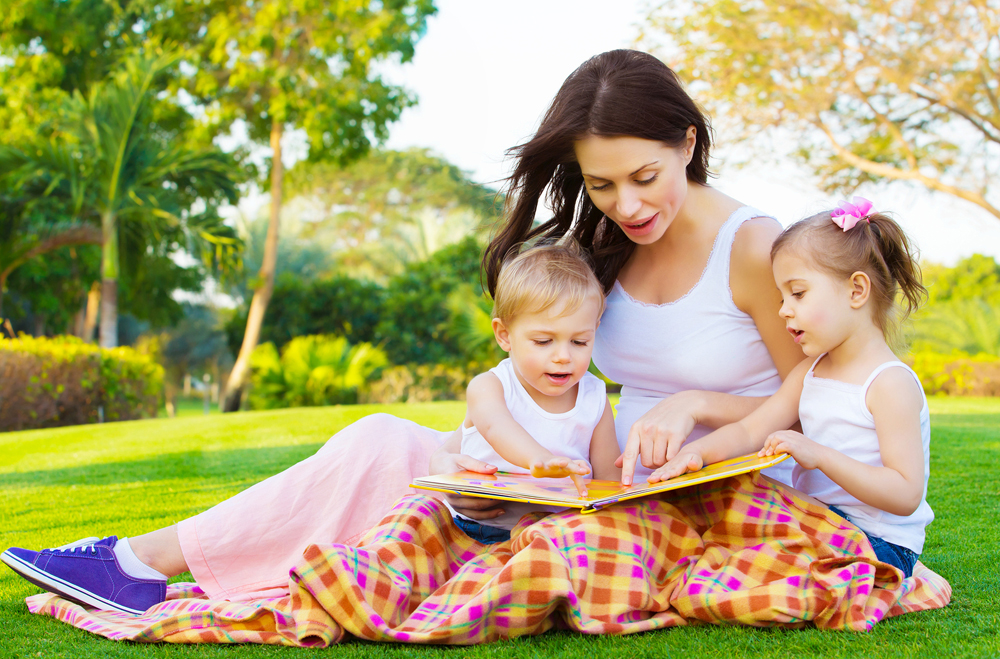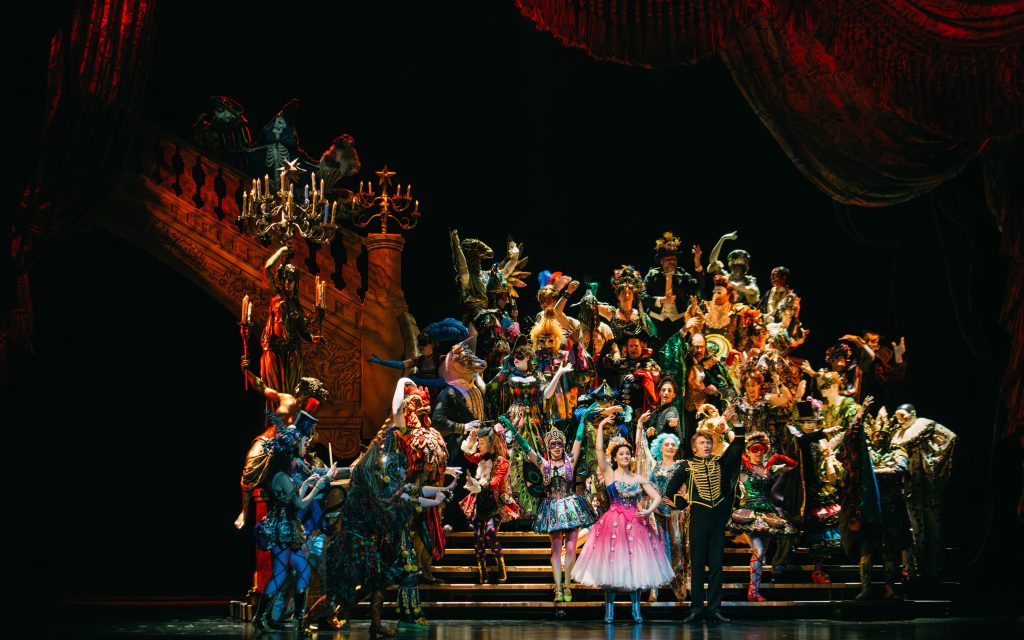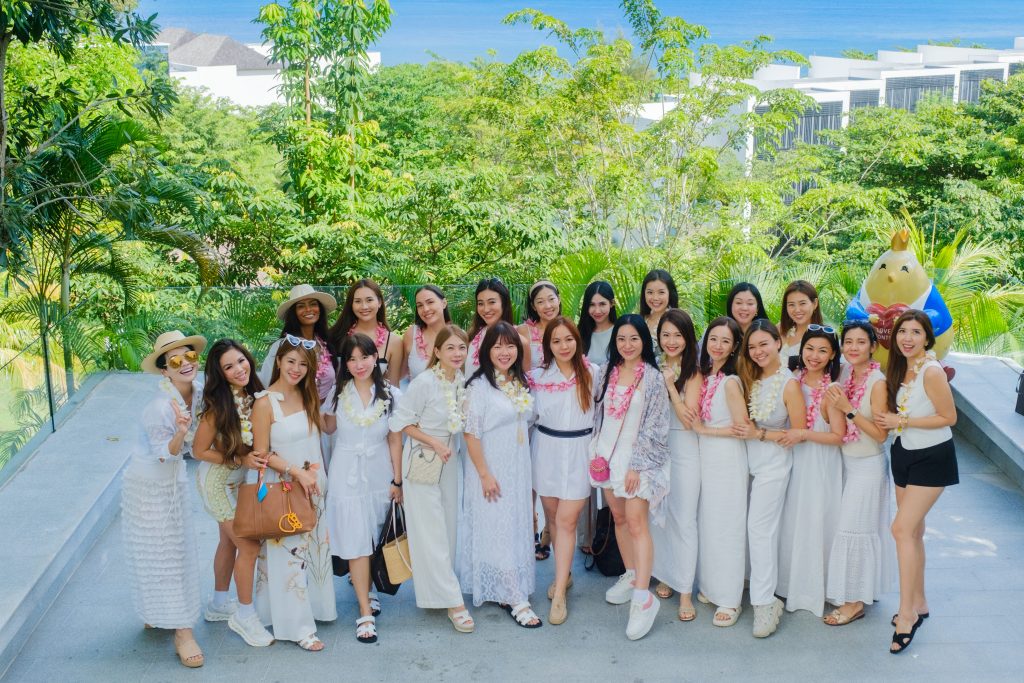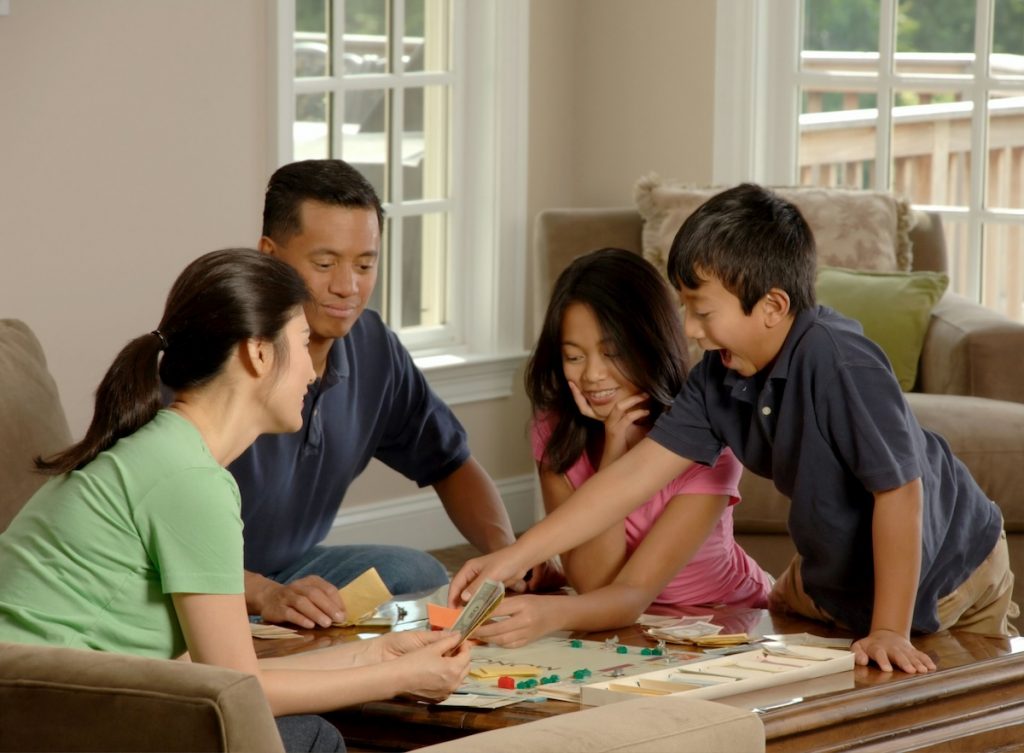By Lydia Lok
As parents, most of us are keen for our children to pick up reading when they get to their toddler years. But how do we go about doing so and what are the options?
One common option that parents go for is Phonics, a method for teaching reading and writing by developing phonemic awareness. While this sounds very complicated, I often explain to parents that Phonics is a method of breaking words down and recognising that each letter has a sound that belongs to it. You then blend the individual sounds together to form a word. Take for instance the word “Cat” – have you ever wondered why it is read as /kæt/? This is because C-A-T has three letter sounds which are blended to form “CAT”.
I like to share with parents how my mentor and Phonics-guru Victoria Carlton explains it: Think of the different distinct letter sounds as a rubber band being stretched, and when the rubber band is released, the distinct letter sounds are ‘squashed’ together, which then blends the sounds together to achieve full pronunciation of whole words.
This method helps children learn to read by decoding words through a structured and systematic approach.
Alternatively, children can learn to read through memorising words as whole units, a method that is frequently referred to as the Whole Language approach. Word recognition is taught in relation to other words and children are taught to read in context, and as a representation of what the word means. Whole Word approaches always emphasises learning to read through the act of reading, and one popular example is the series of “Dick and Jane”. The drawback of this literacy method is that children who have a bad memory struggle with reading and are unable to decode unfamiliar words because they have not been memorised into their system.
At Curious Thoughts Academy, we use Phonics to teach literacy mainly because research has shown time and again through controlled studies, that children benefit more from a Phonics-based literacy programme. Children who learn Whole language might do well at early stages but find that they struggle in the later years as they have to absorb more and more words. They then struggle to decode these new and often-times more complicated words because they were never fully grounded in Phonics.
Letterland vs Jolly Phonics
For Phonics there are generally two approaches. Letterland is a phonics-based approach with its own Letterland characters who are made from individual letters. Each letter is a child-friendly pictogram and they all live in an imaginary place called Letterland. The other approach is Jolly Phonics, which teaches synthetic phonics through actions assigned for each of the 42 letter sounds, using a multi-sensory approach.
There is a huge online debate as to which method is better. Some proponents of Letterland feel that the fun characters and pictures help children enjoy reading while detractors feel that children find it difficult to dissociate the letters with the characters because their memories of each letter are so strongly linked to each character. Proponents of Jolly Phonics feel that children should associate letters with the specific phonemic sounds and not characters. For us at our centre, we believe in Jolly Phonics’ approach of decoding words and memorising only tricky words (commonly known as sight words) that cannot be decoded. Jolly Phonics also happens to be backed by many years of research, with more than 20 research studies conducted across different countries.
Lydia Lok is a co-founder of Curious Thoughts Academy, a tuition academy that provides a range of English lessons for all ages, and a licensed Victoria Carlton Literacy Centre. The centre also has the goal of teaching a child from a less privileged background for free for every three paying students. For more information, visit academy.curiousthoughts.sg.













